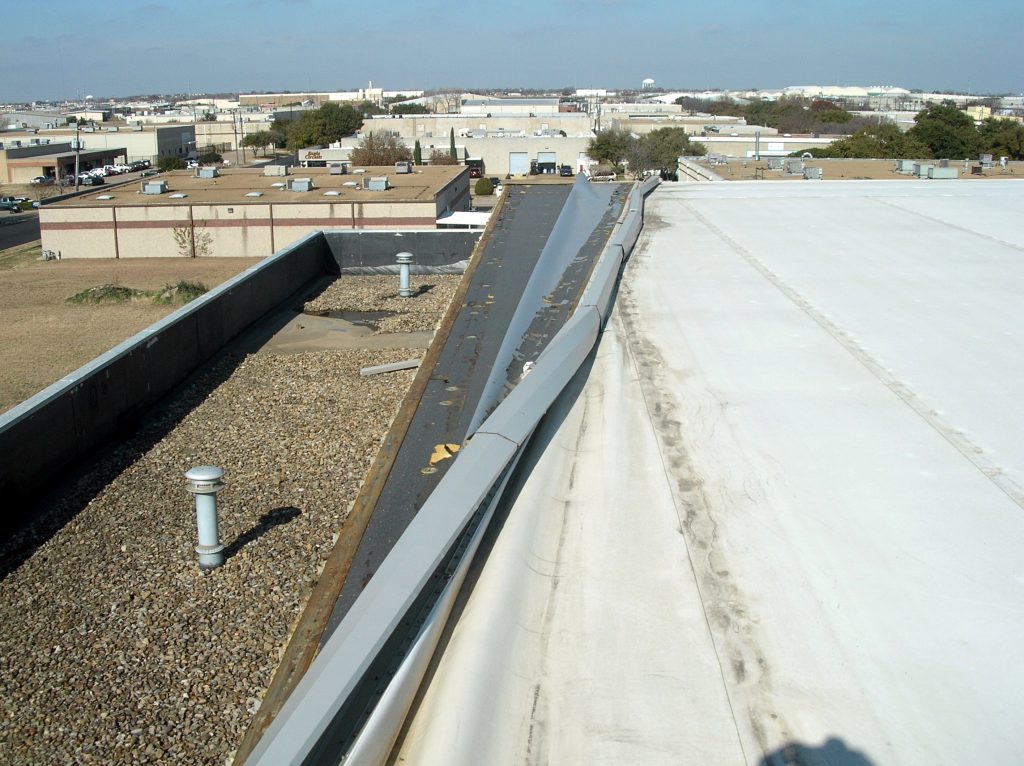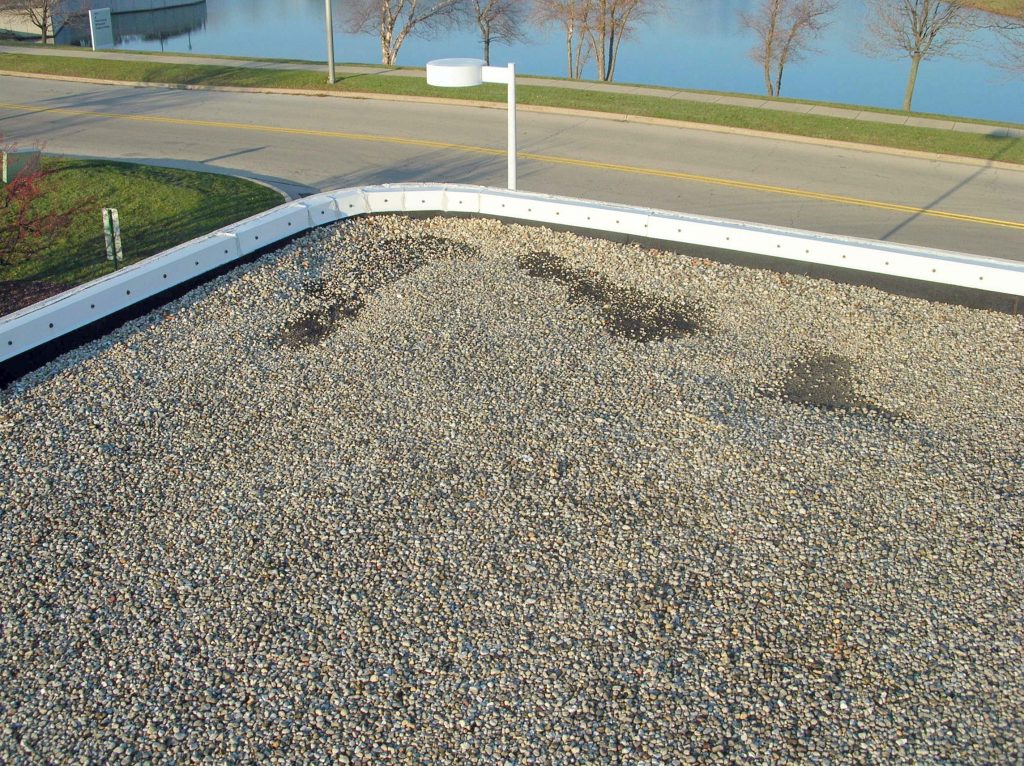
Wind Issues and Roofs: Useful Information Guide
By Roof Online Staff • Updated March 24, 2023


Related Pages
- Best Roof Shingles • Top 7 Shingle Brands
- Building Codes and Roofs
- Roof Edge Metal
- Roofing Materials Testing
- Snow Issues and Roofs
- Wall Coping and Roofs
External Sources & References for Information on Roof Wind Issues
1. Book Recommendation: Manual of Low-Slope Roof Systems: Fourth Edition by C.W. Griffin & Richard Fricklas
2. General: “Wind Safety of the Building Envelope” is a great little introduction to what wind can do to roofs, and how designers can take this into consideration. This article is on the Whole Building Design Guide site, which is maintained by the National Institute of Building Sciences.
3. General: “Hazards by Location” – lets you look up windspeeds by location to determine design wind loads as they relate to various design standards (ASCE 7). Excellent tool, provided by the Applied Technology Council.
4. Codes: See “Section 1609 Wind Loads” in the 2018 International Building Code for wind zone-related design considerations. Available on the UpCodes website. See below for information on residential buildings.
5. Codes: See “R301.2.1 Wind Design Criteria“ in the 2018 International Residential Code for wind zone-related design considerations. Available on the UpCodes website.
6. Technical: “Dynamic Wind Testing of Commercial Roofing Systems” is a great article that explains how single-ply roof membranes interact with the wind. Excellent illustrations. Available on the website of the National Research Council Canada.
7. Technical: “Wind Effects on Asphalt Shingles” is a thorough, well-sourced, and well-illustrated technical paper made available by Haag Engineering. Gives you a good understanding of the subject, and helps with identifying wind-related roof damage.
8. Technical: “Rooftop Equipment Wind Load And Its Mitigation For Buildings In Hurricane Prone Regions” discusses research and testing funded by the State of Florida Division of Emergency Management in partnership with the International Hurricane Research Center – Florida International University. Very useful information…”The aim of this research is to develop mitigation techniques that will reduce the wind loading on mechanical rooftop equipment and the forces transferred to the roof supporting structure by the equipment through the use of aerodynamic retrofits such as installation of wind screens.”